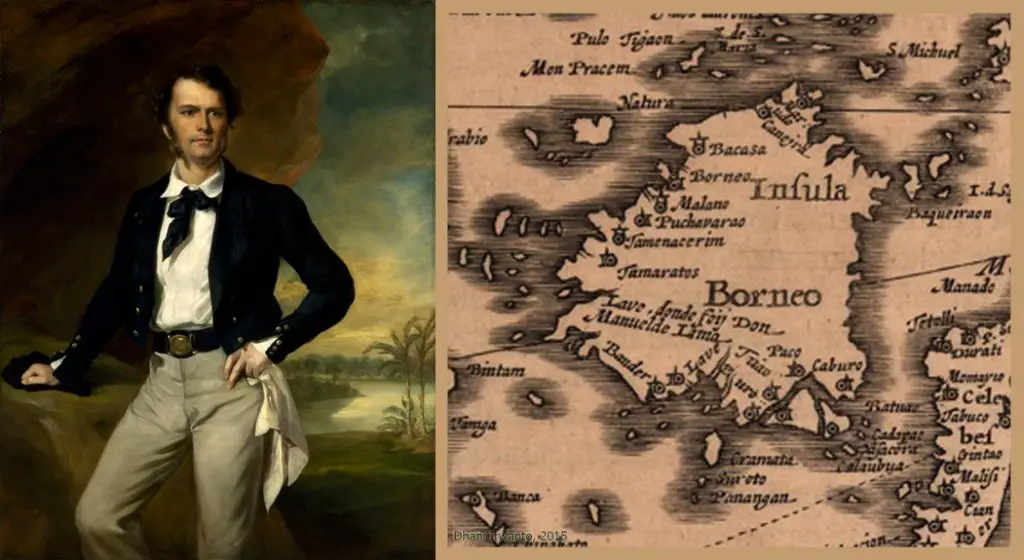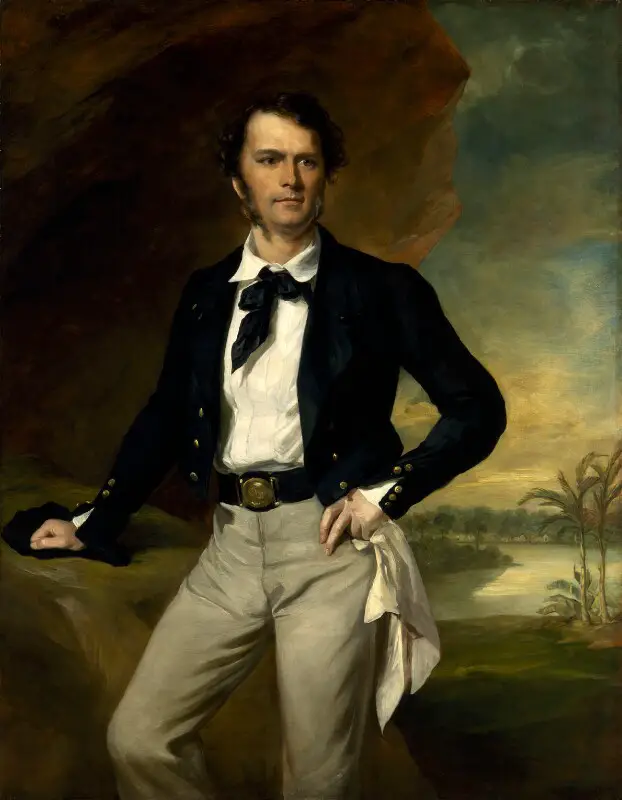In the olden days, building a new longhouse was usually heavily influenced by superstitions.
Reverend William Howell once recorded his observation of the Iban customs when building a new longhouse.
He stated, “It is not uncommon among uncivilised races, whose lives are influenced or rather haunted by superstitions of various kinds, to find the majority are in the habit of continually removing from place to place. For more than half of a dozen reasons they desert their houses, even when only just finished.
“The terror of death or that some misfortune might befall their yearly crop of paddy, or the revelation of certain bad omens or ill visions, are the principal causes that will determine them promptly to leave their house.”
So what did Howell observe in those days? Here are the old customs when building a new Iban longhouse, which have most likely been forgotten today:
The meeting before building a new Iban longhouse
The chief assembles all his followers at a certain time in the evening in his ruai. Mats are spread, chewing ingredients in profusion and tuak are placed in the centre.
All the men sit in a circle with the women and children behind them. The chief opens the meeting after the distribution of the tuak. The subject is generally well-discussed and everybody gives his opinion.
At such a meeting the chief has to be most careful. Although his carry weight, yet he has to go by the votes of the majority.
It is, in fact, a sort of parliament, and the debates last a long time.
Those who cannot agree with the final arrangement cut themselves off and join another house or village.
In consequence the size or length of an Iban longhouse is not limited. To maintain the size of his house a chief has to exercise a great deal of self-denial.
He is like a parent who has to make peace among his children and please them equally. His family must share his sympathy.
Choosing the site of the Iban longhouse
The day following the meeting all the men go out to examine the spot for the site of the house. If it be a good one they beburong it at once. It means they go to hear the cry of a certain bird which prognosticates health, fortune, and good luck.
As long as the good omen is obtained they cut a peace of wood and hang it on the spot where the house is to stand. The spot thereby is considered sacred, being guarded by the kayu burong which is hung thereon.
As soon as the site of the house is cleared they beramu (go to get material for the house). The site for the house must not be burnt and the jungle that is cut down is cast aside.
If the site for the house is burnt it will give less work than in carrying away the jungle is cut down, but the house is said to be angat i.e. it will be visited by plagues and sickness.
A convenient places is selected for the palan. The palan is the place for retreat in case of hearing a bad omen when cutting material collected material for the house.
Out of every kind of material collected for the building, one piece is cast aside to ninggang burong (to plead excuse in the case of having neglected bad omens.

Ngelangkar
The evening before the ngentak rumah, they ngelangkar (laying the foundation and arrange where the posts are to be).
Nearby everybody goes to the site of the new building, men, women and children, to beat their musical instruments.
The noise is most deafening with the intention to avoid hearing a bad omen.
A piece of bamboo about a span long is put into the ground on the site of the building and filled with water up to the brim.
This ceremony of divination is called betenong ai, which prognosticates good or bad luck with reference to their yearly crops of paddy during the whole time they occupy the new house.
If the water in the bamboo decreases considerably it indicates perpetual famine, and if it does not, it foretells good years to come.
Ngentak rumah
Before the ngentak rumah another meeting is held by the chief. This meeting is simply to arrange the situation of each person’s door. The nearer they are related the nearer they build to one another.
The building is done in common as far as putting up the posts and framework are concerned.
It is called ngentak rumah. One door a day is put up. It is hurried through and everything is bound by rattan or the monkey-cup creeper called entuyut.
If there be the slightest shower of the rain the work is knocked off. To work in the rain when building a new house is to prognosticate the shedding of tears over some misfortune.
The ngentak rumah begins in the morning and the work is supposed to be finished by one o’clock at midday.
The first day of the ngentak rumah is an important and memorable one. A great sacrifice to Pulang Gana is offered for a propitiation, he being the god of the earth.
Makai di ruai
A full grown pig is sacrificed and its blood is smeared on the middle post of the house and the carcass is eaten.
Makai di ruai is the topic of conversation during the ngentak rumah, it signifies eating and feasting together on the veranda of their house.
This feasting after a spell of hard work is a welcome relaxation for them all.
At the ngentak rumah, while the men are hard at work, all the women and children who are not engaged in preparing the midday repast beat the different instrument to deafen their ears against an ill omen.
With some tribes the custom differs a little, the blood of the sacrificed pig is made to run into the hold of the central post of the house.
It is an understood thing that the chief supplies the pig and the pig that is killed is also a pledge between the chief and his followers. It is hereafter called a penti or compensation to be made over to the chief whenever any of his followers leave him.

Howell’s observations were later published in the Sarawak Gazette on Aug 31, 1955.
Once they move into a new longhouse, the people would perform mandi rumah. Read here, to know more about this old Iban housewarming ceremony.































